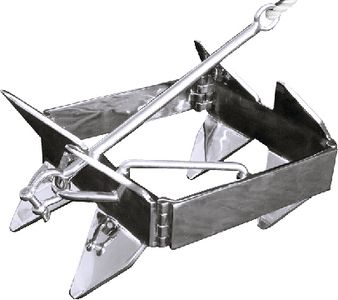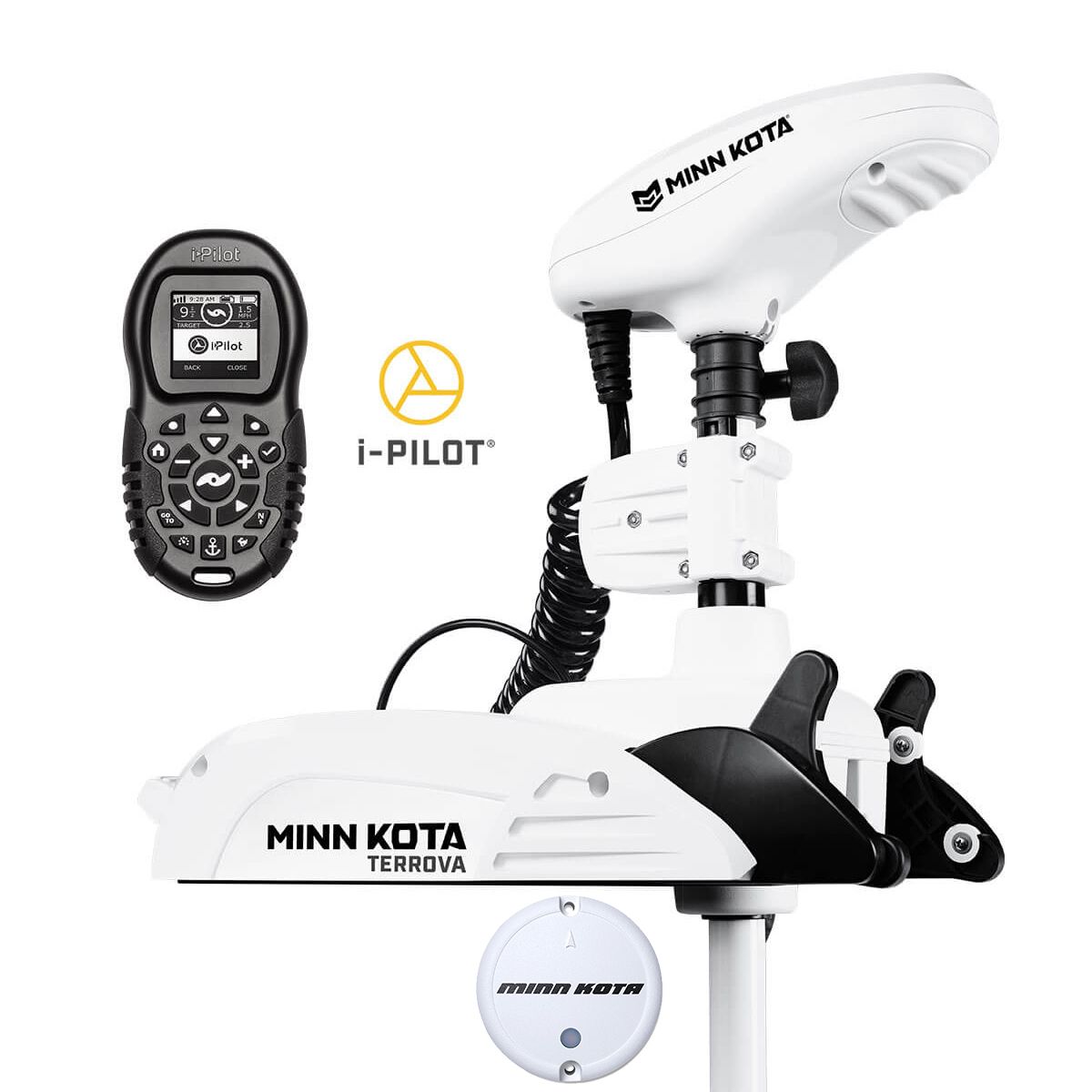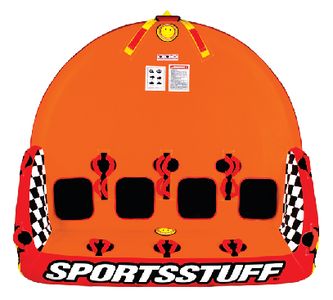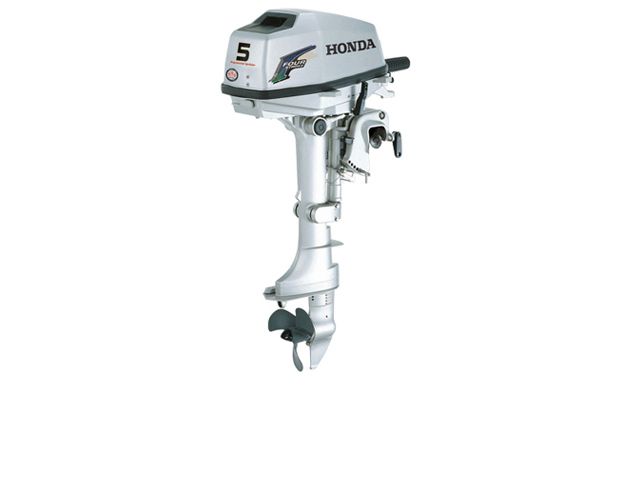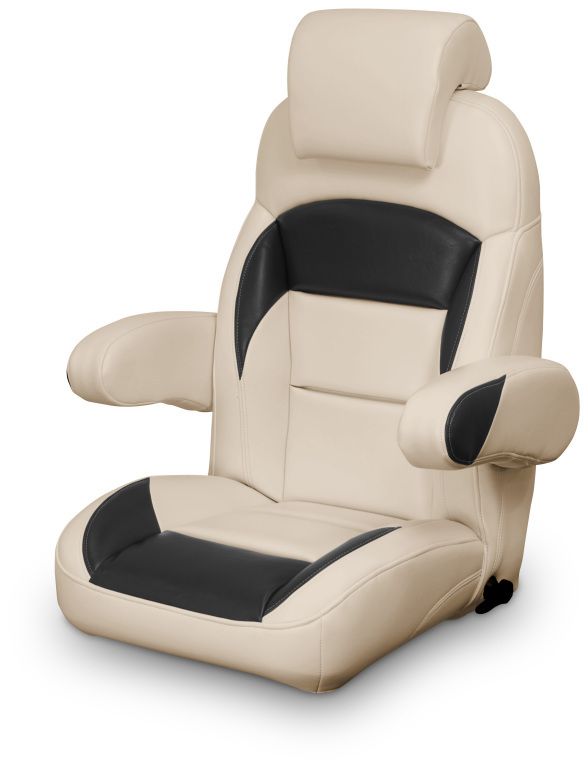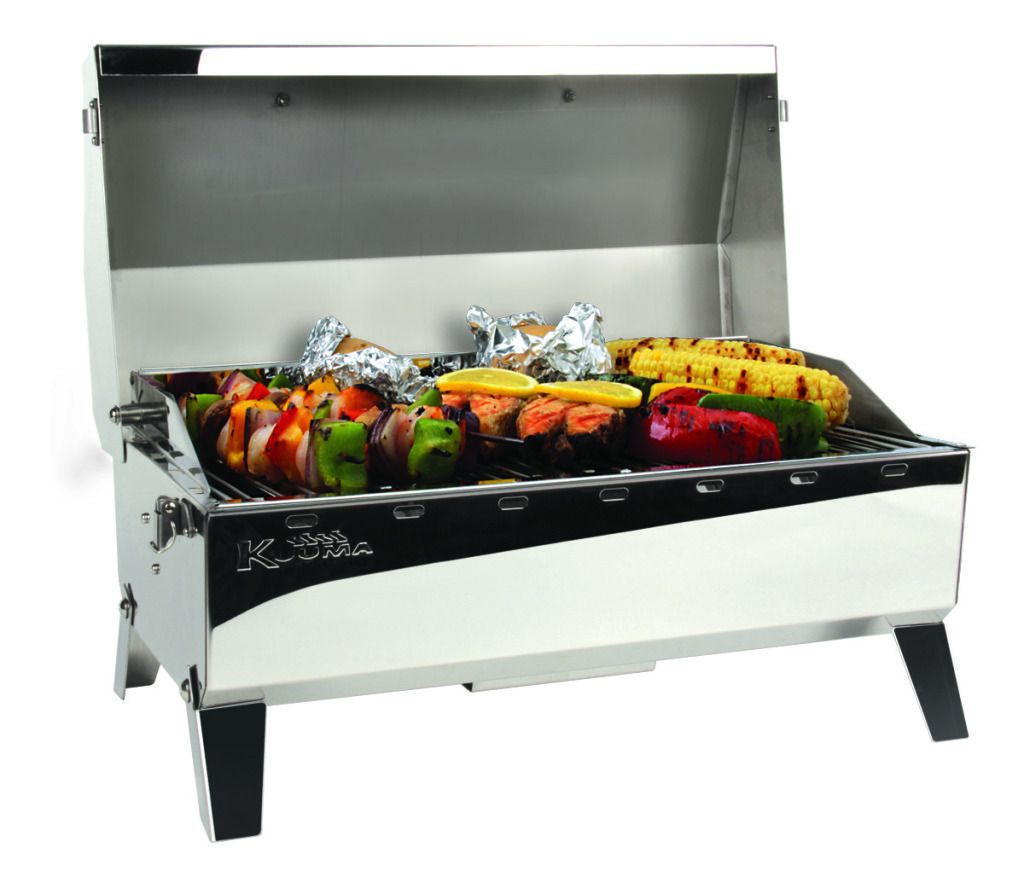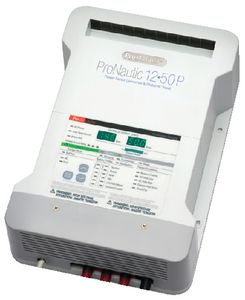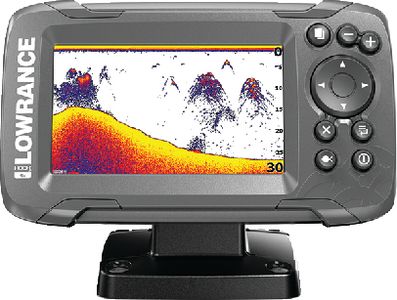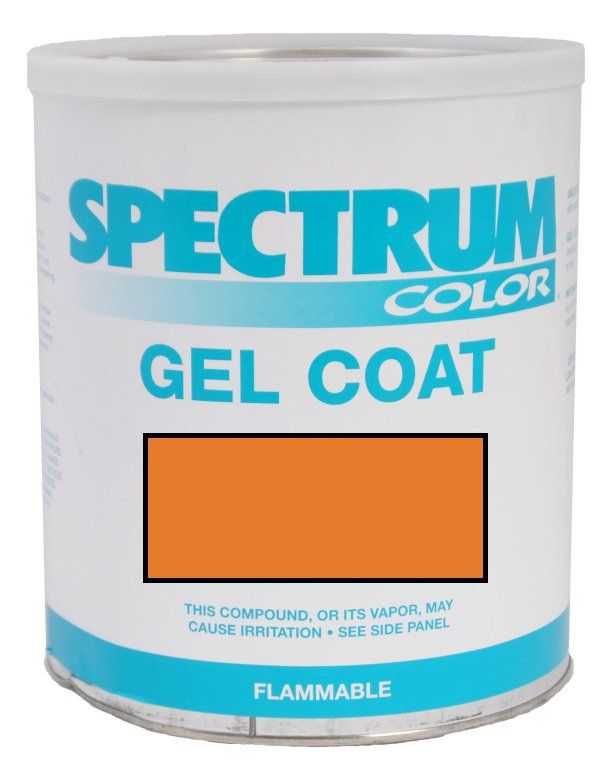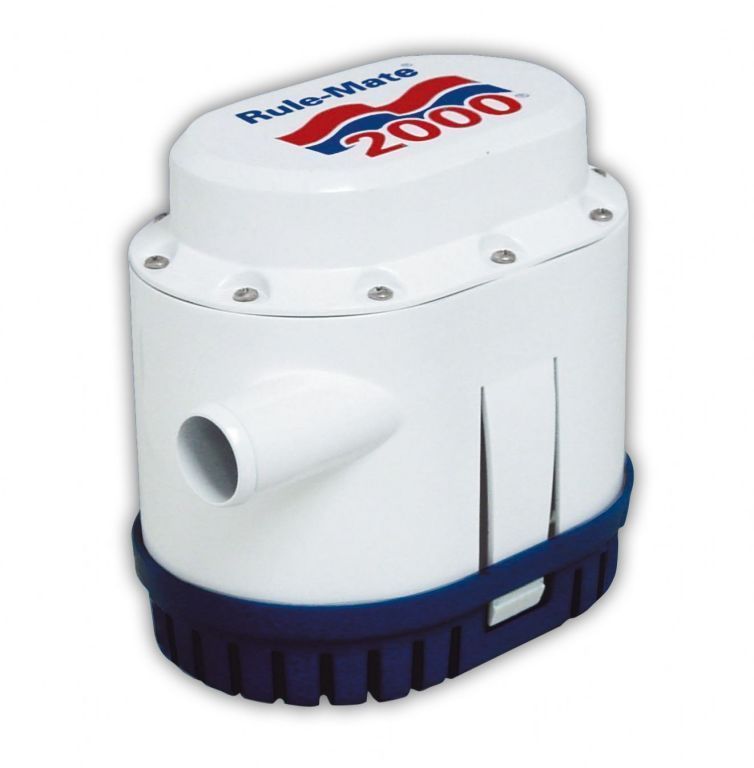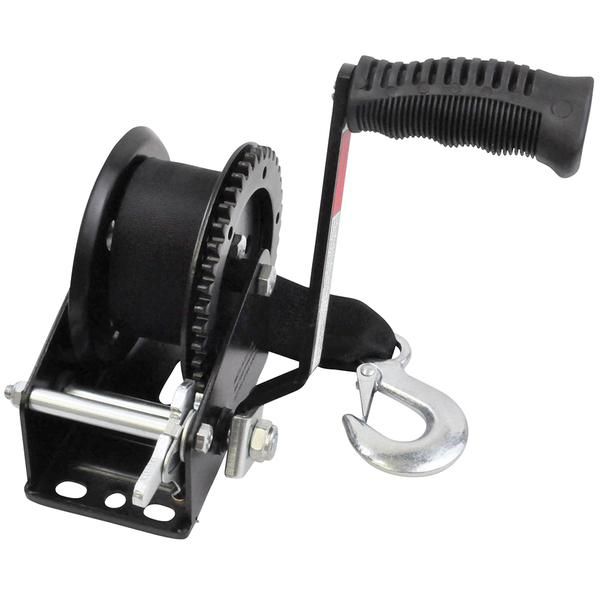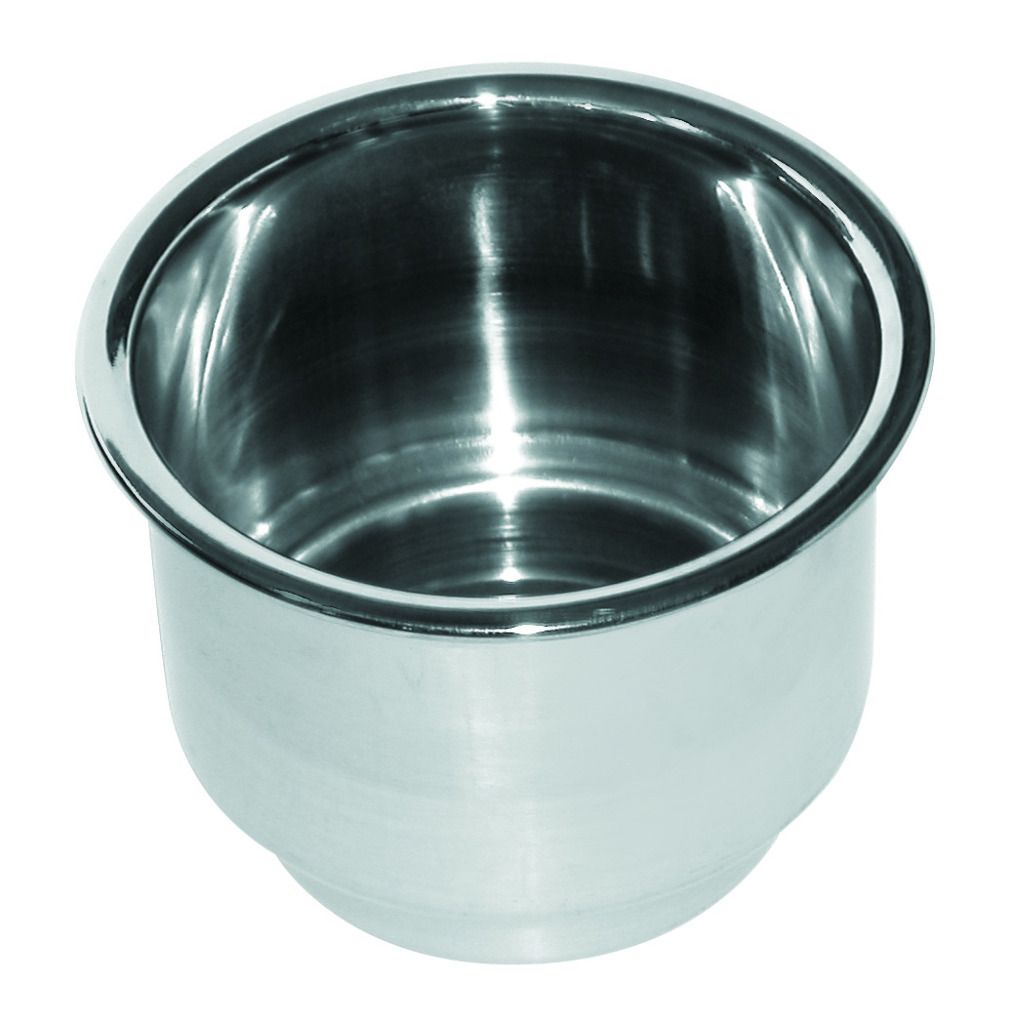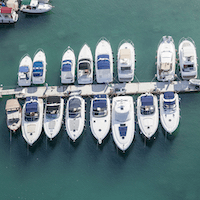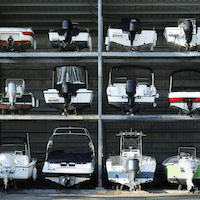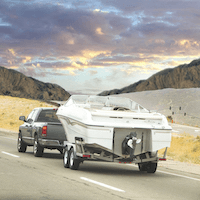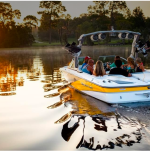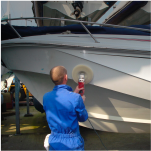I have no model number. It is a straight 4, fuel injected 4-stroke from somewhere in the 2000s, supposedly 115 hp. The coin on the engine says 25 024232.
Bottom cylinder puking a milkshake.
I'd like to pull the cylinder head to inspect gasket and aluminum. The instructions and videos I see say to pull the power head off the leg.
Do I really need to pull the power head to remove the cylinder head?
I have the intake out of the way and cylinder head bolts removed but the head still will not fall off. Are there hidden bolts or pins coming up through the bottom of the head?
Thanks,
J
p.s., allow me to add that I have removed the power head bolts (I believe 2) that come up through the bottom to capture the cylinder head.
Bottom cylinder puking a milkshake.
I'd like to pull the cylinder head to inspect gasket and aluminum. The instructions and videos I see say to pull the power head off the leg.
Do I really need to pull the power head to remove the cylinder head?
I have the intake out of the way and cylinder head bolts removed but the head still will not fall off. Are there hidden bolts or pins coming up through the bottom of the head?
Thanks,
J
p.s., allow me to add that I have removed the power head bolts (I believe 2) that come up through the bottom to capture the cylinder head.
Last edited:

